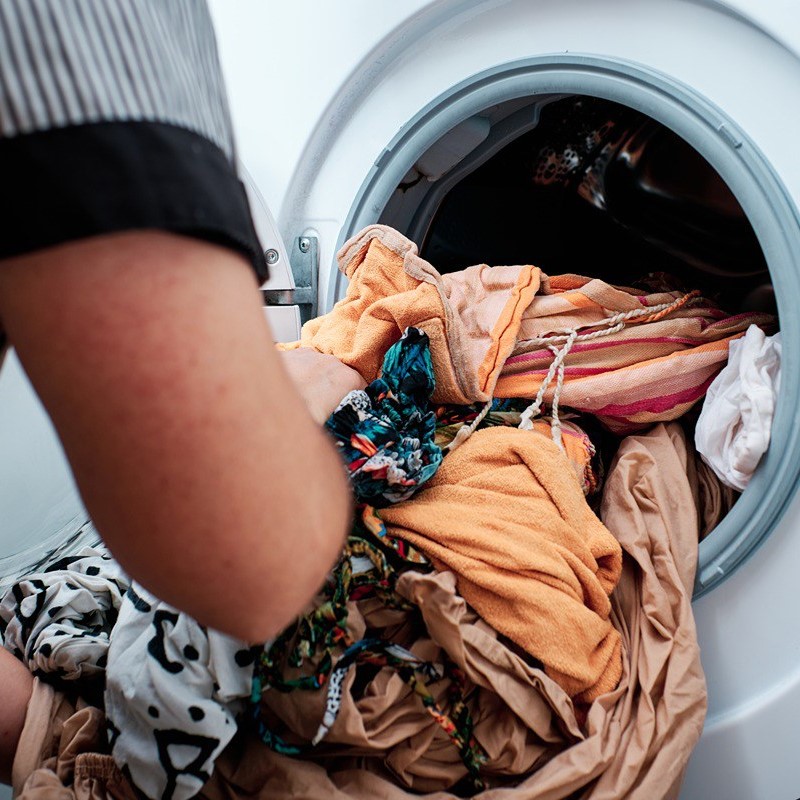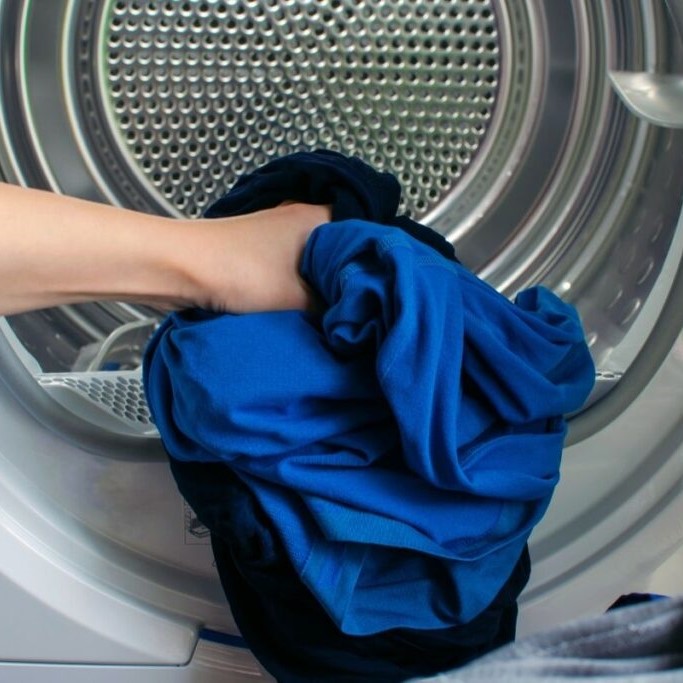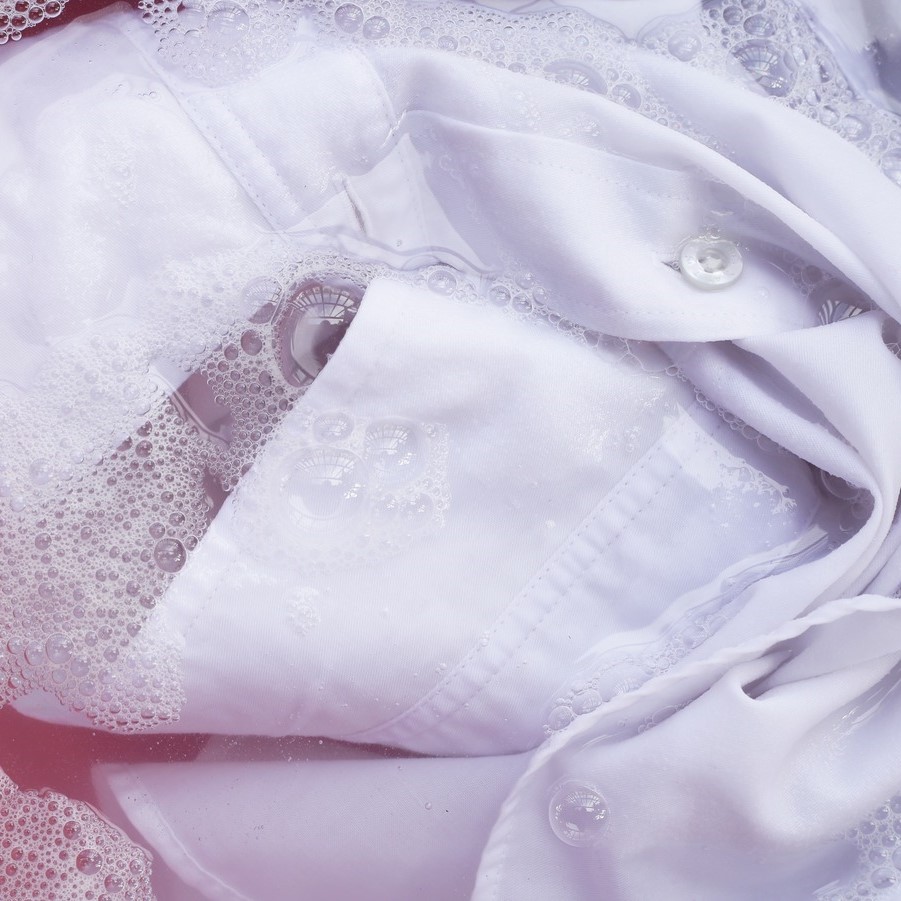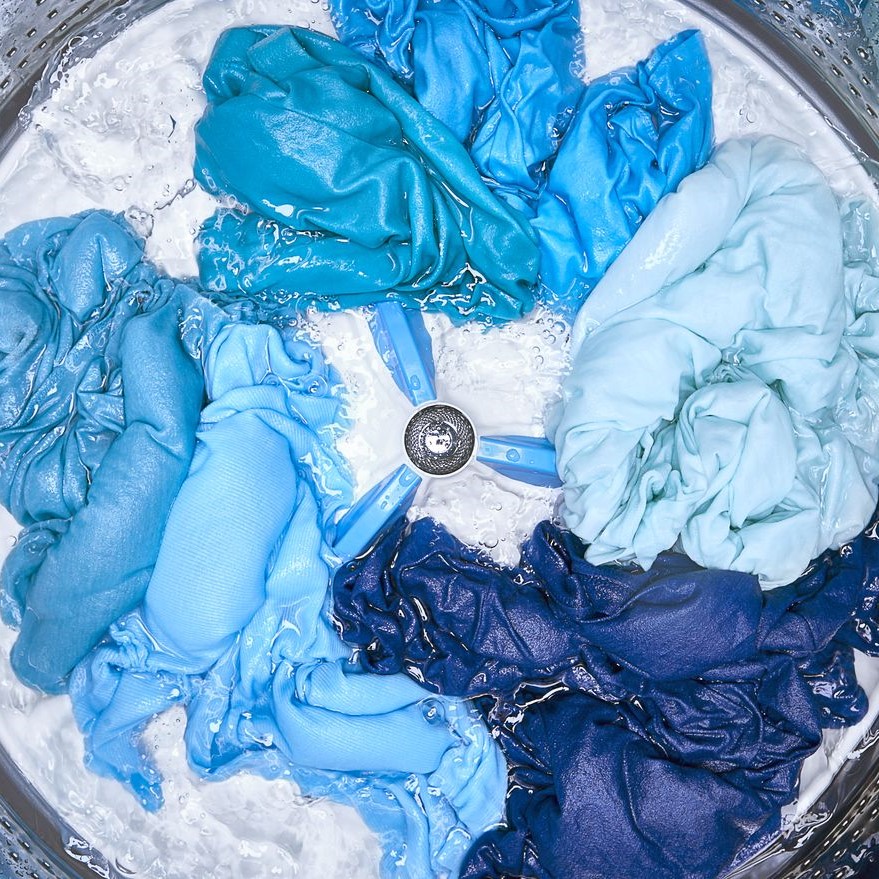Can You Put Soaking Wet Clothes in the Dryer: Science Behind It
Introduction: The Common Question
As laundry day rolls around, many people find themselves asking, “Can you put soaking wet clothes in the dryer?” The temptation to toss dripping garments straight into the dryer can be strong, especially after a long day. However, this seemingly innocent action may actually lead to several unintended consequences. From damaging your dryer’s components to increasing energy consumption, the implications of improper drying practices can add up quickly.
In this article, we will delve into the science behind why you should never place soaking wet clothes in the dryer. We will explore the mechanics of drying machines, the damage caused by excess moisture, and real user experiences that highlight these issues.
 The Functionality of Dryers Explained
The Functionality of Dryers Explained
To understand why soaking wet clothes shouldn’t be placed in the dryer, it’s important to examine how dryers operate. Traditional dryers work using a heat element, a motor, and a rotating drum to remove moisture from clothes.
Heat and Airflow Mechanics
- Heat Generation: Dryers generate heat through electric resistance or gas heating. This heat warms the air inside the drum.
- Airflow Dynamics: The dryer vents expel moisture-laden air while introducing fresh, hot air into the machine. This constant airflow is vital for ensuring efficient drying.
If you overload the dryer with soaking wet clothes, the machine struggles to maintain optimal airflow and temperature, leading to inefficient drying and potential system failure.
The Impact of Excess Moisture on Dryers
Can you put soaking wet clothes in the dryer? When you place soaking wet clothes inside the dryer, several adverse effects can occur, primarily due to the added weight and moisture.
Motor Overload
- Increased Strain on the Motor: The dryer motor works harder to turn wet clothes, which can lead to motor burnout over time. Excess weight increases the likelihood of malfunction and can reduce the overall lifespan of the appliance.
- Statistics on Repair Needs: According to the U.S. Department of Energy, overloading laundry appliances can lead to repair costs totaling hundreds of dollars annually. This statistic highlights the potential financial implications of improper usage.
Heating Element Malfunction
The heating element is designed to handle a specific amount of moisture. Excess moisture can overwhelm the system and cause:
- Overheating Risks: If the dryer cannot remove moisture effectively, it may overheat. This condition can damage internal components and presents a fire hazard.
- Energy Inefficiency: When the dryer works harder and longer to dry soaking wet clothes, it consumes significantly more energy. The Department of Energy reports that improper dryer use can increase energy bills by 30% or more.
 Long-Term Economic Losses
Long-Term Economic Losses
Using a dryer incorrectly not only leads to immediate concerns but can also have serious long-term financial implications.
Equipment Maintenance Costs
- Motor and Heating Element Replacement: Subjecting your dryer to soaking wet loads regularly can lead to increased wear and tear on crucial components. Consequently, appliance repair statistics indicate that roughly 30% of dryer repairs are attributed to motor burnout, which is often caused by excessive weight. As a result, replacement costs can accumulate over time, leading to significant financial losses.
- Shortened Lifespan: Regularly overloading a washing machine with wet clothes can reduce a dryer’s lifespan by several years. Most dryers are designed to last around 10 to 15 years, but ineffective usage can shorten that lifespan to as little as 5 to 7 years, according to repair service insights.
Energy Costs
- Higher Electricity Bills: When a dryer works harder and runs longer to dry soaking wet clothes, it consumes more energy.
- Comparison of Energy Consumption: Studies conducted by the U.S. Department of Energy estimate that improper usage can increase energy bills by as much as 30%. Operating a standard dryer typically consumes between 2 to 6 kilowatt-hours (kWh) per load under normal conditions, but that number can increase substantially when the dryer must manage excessive moisture levels.
Real Homeowner Example
Consider a homeowner who regularly places soaking wet clothes into their dryer. Assuming they perform this habit twice a week over the course of a year:
Electricity Usage Increase: Assuming their dryer uses an additional 2 kWh for each overloaded drying session, and electricity costs around 0.13 perkWh, the cost of electricity can rise by about 67 annually due to this habit.
User Pain Points: Real-Life Consequences
To further illustrate the importance of proper dryer usage, consider a few real-life scenarios involving individuals who ignored these guidelines:
Case Study: Shrinking Clothes
Many users have reported shrinking garments after subjecting them to the dryer while soaking wet.
- Material Sensitivity: Fabrics like cotton are particularly susceptible to shrinking when exposed to excessive heat, especially when wet. An account from a frustrated consumer revealed that a beloved cotton sweater shrunk to nearly half its original size after being put in the dryer without proper wringing or drying first.
Case Study: Dryer Malfunction
Another case involves a family whose dryer stopped functioning after repeated use with soaking wet clothes.
- Service Call Outcomes: After calling for repairs, technicians explained that their exploration revealed extensive wear on the motor and heating element. The family faced hefty repair bills, which could have been avoided with better laundry practices.
 Best Practices: How to Properly Prepare Clothes for Drying
Best Practices: How to Properly Prepare Clothes for Drying
To prevent the issues outlined above, here are some best practices to follow when preparing clothes for the dryer:
1. Wring Out Excess Water
- Pre-Drying Action: Before placing clothes in the dryer, take extra time to wring out as much water as possible. Doing so reduces weight and wetness and enables the dryer to operate effectively.
2. Use Spin Cycles
- Maximize Your Washer: If your washing machine has a spin cycle option, utilize it. The spin cycle extracts excess moisture without damaging fabrics, allowing the dryer to focus on proper drying.
3. Load Strategically
- Avoid Overloading: Adhere to the manufacturer’s recommendations for load size. Keeping loads manageable prevents overloading and ensures adequate airflow for efficient drying.
Understanding Fabric Care for Different Materials
Some fabrics require unique treatment when it comes to drying. Proper knowledge can prevent shrinkage and fabric damage:
Delicate Fabrics
- Fabrics such as silk, wool, or lace often require extra care when drying.
- Recommendation: Instead of using the dryer, air-dry delicate items to protect their shape and color. If the dryer is necessary, use a low heat setting and a mesh bag to shield them.
Heavy Fabrics
- Items like towels or heavy bedding should undergo proper moisture management before being placed in the dryer.
- Recommendation: For these items, it’s advisable to separate loads according to weight and fabric type to ensure uniform drying and prevent excessive moisture retention.
 Effective Alternatives for Drying Clothes
Effective Alternatives for Drying Clothes
If you find yourself with soaking wet clothes and cannot put them in the dryer, consider these alternatives for effectively drying your laundry:
1. Clothesline Drying
- Issue: Hanging clothes outside might not be feasible year-round, especially in the winter or during rainy weather.
- Solution: Setting up clotheslines indoors allows you to air-dry clothes quickly. This method is gentle on fabrics and helps avoid shrinkage.
2. Use a Spin Basket
- Benefit: A spin basket removes excess moisture without damaging your clothes. Simply place your wet garments inside the basket, and the centrifugal force will spin out water, significantly reducing drying time afterward.
3. Fans for Quick Drying
- Improving Airflow: If you cannot dry clothes outdoors, use fans to circulate air around damp garments. Position fans near the clothesline or drying rack to encourage evaporation.
4. DIY Drying Techniques
- Old Towel Method: For an immediate solution, use an old towel to help absorb moisture. Lay your wet clothes flat on the towel, roll them together (the towel will act as a sponge), and press or twist to extract as much moisture as possible before hanging them to dry.
Common Myths: Debunking Misconceptions
Many people believe that modern dryers can handle soaking wet clothes without issue. Statements like “high heat quickly dries wet clothes with no problem” or “today’s dryers are designed to manage excess moisture” are commonly heard, but these misconceptions can seriously mislead consumers.
The Reality of Overheating
High temperatures can indeed remove moisture, but it comes at a significant cost. Excessive moisture increases strain on the heating element and motor. The manufacturer’s instructions often include warnings about overloading machines and placing soaking wet items inside, highlighting potential overheating risks and alkaline build-up inside the dryer.
Expert Recommendations
Experts recommend taking extra precautions when handling wet clothing. A beneficial step before utilizing a dryer is to run clothes through a high-speed spin cycle in your washing machine. This reduces water weight significantly, alleviating excess workload on your dryer.
- Proper Operating Guidelines: Following manufacturer specifications regarding weight limits is crucial. If you check your user manual, you’ll often find guidance on maximum load sizes and pre-drying instructions.
 Conclusion: Smart Drying for Smart Consumers
Conclusion: Smart Drying for Smart Consumers
In understanding the question of “can you put soaking wet clothes in the dryer,” it is clear that this practice can lead to various complications in terms of appliance care and garment longevity.
Effective moisture management and following proper drying techniques will extend the life of your dryer, enhance energy efficiency, and preserve the quality of your clothing. By integrating these best practices into your laundry routine, you can enjoy cleaner, fresher garments while avoiding unnecessary repairs and costs.

